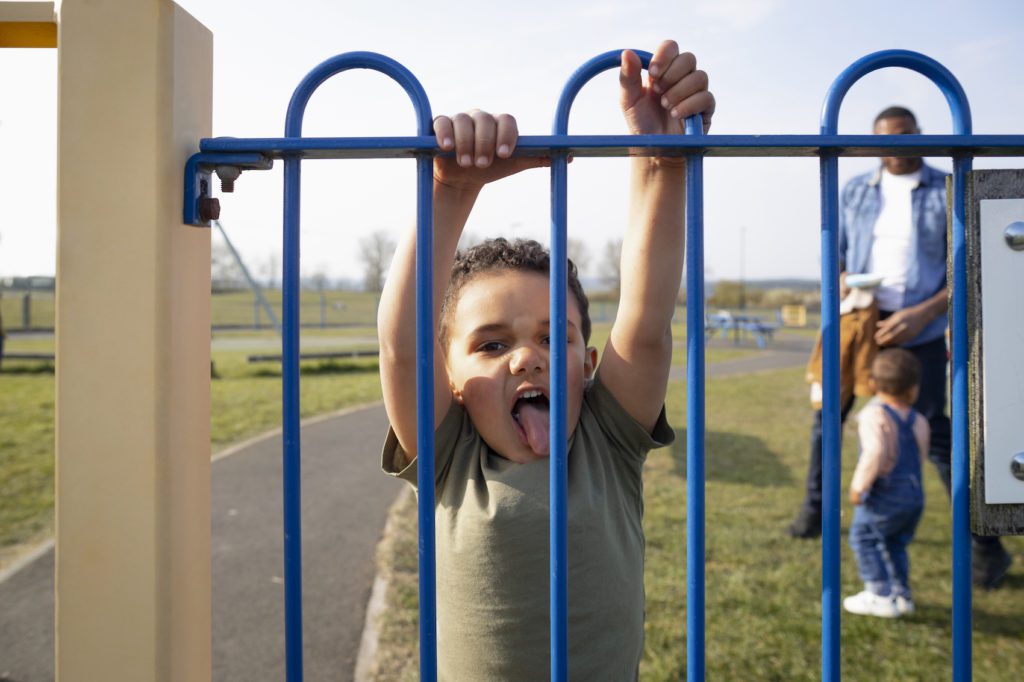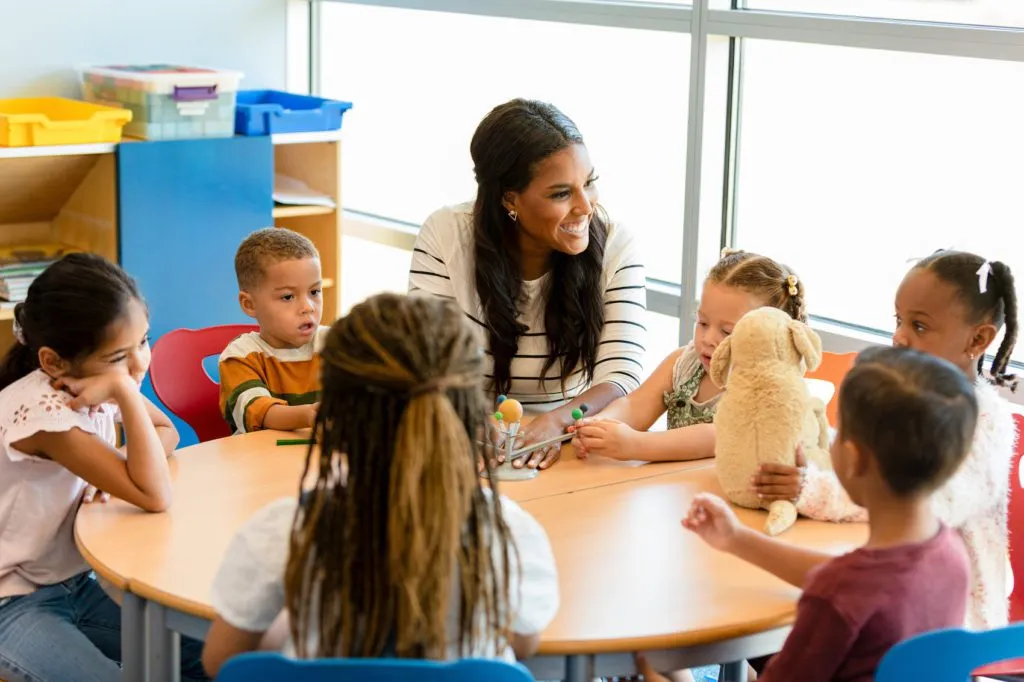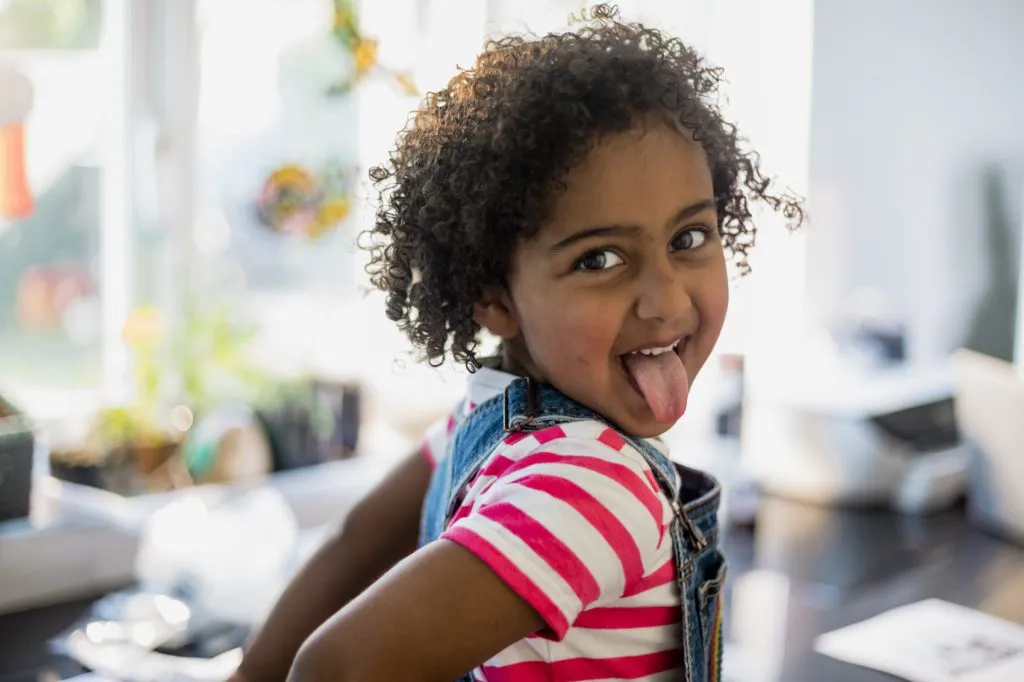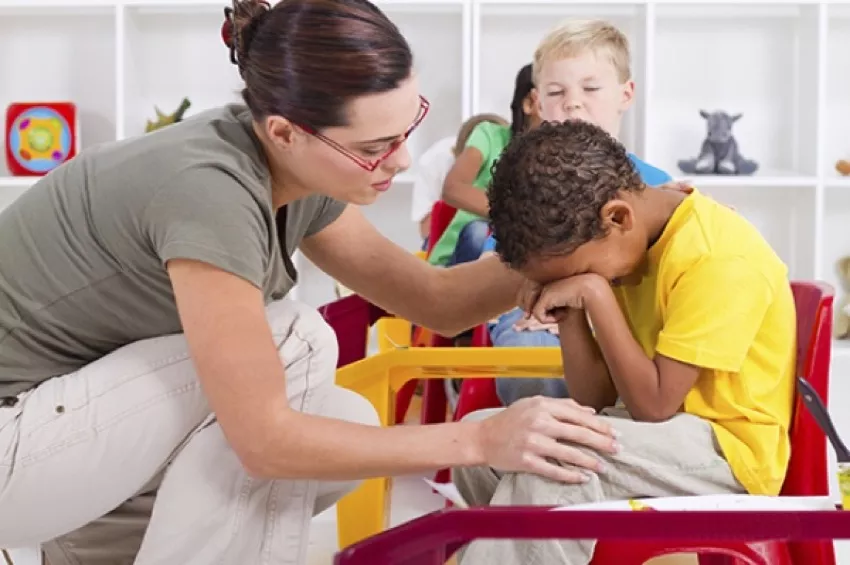Behavior Management: Tips for a Better School Year


Behavior management is a significant consideration in many classrooms, regardless of the students’ ages. It frequently is at or near the top of every teacher’s and administrator’s list of concerns. Entire systems—sometimes intricate, intimidating, and even punitive—have been created to support it. Educators’ shelves often heave under the weight of the books we’ve collected to learn more about the topic in our ongoing quest for the best way to eliminate challenging behaviors at school.
My Experiences With Behavior Management
As a new kindergarten teacher, who grew into a less-new kindergarten teacher, I implemented a variety of strategies that promised to help me control children’s classroom behavior.
I let children “help me make our rules” on the first day of school. I created a system that used color-coded craft sticks stationed in library card pockets, nicely labeled with each child’s name. The sticks would help me keep track of how many times each child had slipped up, since each child began the day with four and would have to forfeit one only when I noticed her breaking one of “our rules.” I established a designated time-out chair. Eventually, I added a construction paper traffic light (laminated for durability!) whose lights indicated whether the children were using appropriate “inside voices” (green light!) or had gotten a bit too noisy (yellow light!) or were way too noisy (red light!), in which case I would threaten to delay recess if things didn’t settle down. And just to make sure that they all knew I was also watching out for their “good choices,” I had a separate system of tokens they could earn, leading up to a trip to my treasure box, which I came to think of as the “carrots” in my system of carrots and (craft) sticks.
Over the years, I tweaked my methods whenever I heard or read about something that promised even greater effectiveness. Each summer, as the beginning of the next school year dawned, I convinced myself that this was the year I was going to learn all the right tips and tricks for managing children’s behavior.
The problem was that I never felt comfortable implementing any of the complex, contrived systems for managing children’s behavior. An even bigger problem was that none of them worked!
Making Better Choices
I remember one day, after a child in my school had finally calmed down after yet another loud and dangerous meltdown, her teacher asked me, “Why do you think children continue to make poor choices when they know what will happen to them?” We both knew that the “what would happen to them” included exclusion from class for most of the rest of the school day, a call home to the child’s family, and the loss of recess time for the next several days. We also knew there would be other, natural consequences, such as the fear this child’s behavior provoked in her classmates, who went out of their way to avoid her.
My first thought was: “Last night, I went face-down into a big bowl of candy, even though I knew what would happen to me. I knew that I would quickly come to regret that choice. But in the moment, it felt really, really good.”
Perhaps I was onto something.
I recognized that my behavior had been driven by an emotion, which had been driven by a need. Maybe the emotion was nothing more than boredom, and the need was no more complicated than “something I can do immediately that feels stimulating or satisfying.” Maybe it was something deeper and more substantial than that, but maybe not. I knew that behaviors and emotions did not always align rationally.
I also realized that the children I worked with felt as deeply as I did. When they smiled, they could light up a room. When they laughed, they could laugh until their bellies ached. When they hugged, they often did so with their whole bodies. When they wept—perhaps over incidents we adults thought ridiculous to care about at all—they sometimes wept silently and sometimes fiercely… but always genuinely.
How then, knowing that behaviors are driven by emotions; that children feel deeply; that every human is pre-wired to grow, move, develop, and learn; and that the most fundamental need of any human is to feel cared for and valued, how could I possibly continue with my system of carrots and sticks? I realized that I was the one who had to make better choices.
For example, one quick change that any teacher can make is to make sure you include a loving comment every time you need to remind a child about a rule. Saying something as simple as “I care about you” can make a difference. “I care about you, so I want to make sure you are safe. Remember to walk when you are inside” can be much more effective than saying the second sentence only.
Behavior Management in a Whole-Child Classroom
Once I began seeing children’s behaviors and emotions as not just a part of the “whole child,” but indeed the very essence of what it means to be a whole human of any age, I knew I had to abandon my “system” in favor of the everyday behaviors and attitudes that would help children grow and move and develop and learn and that would help them feel cared for and valued.
I Iet go of the artificial, and I embraced the natural and the genuine—a “tip for a better school year” that I recommend for any adult who gets to spend time with young children.

Behavior Management in a Whole-Child Environment
Learn more about positive guidance of children’s behavior in a whole-child environment, including five steps for letting go of what doesn’t work and embracing what will.


